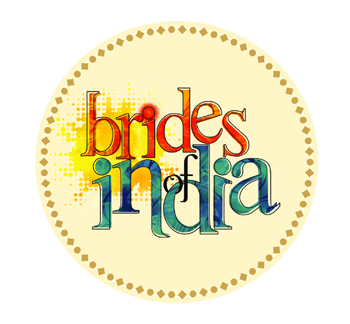-
Home2023 EditionEditionEditionCelebration brideCelebration BrideRoyal bride5Fashion brideFashion Bride


Colonial Age
- HOME
- Royal Wedding
- Colonial Age
BackTraditions
The Crown received rule over India from the East India Company after a system of governance was executed in 1858. Queen Victoria was declared Empress of India. Social structure underwent a revamp with the British replacing warlord aristocracy with an efficient bureaucracy and army. Many social practices – sati or the ritual burning of widows, infanticide and slavery were put to an end between the 1820s and 1850s. Widow remarriage was legalized and a penal code initiated for equal punishment for all under the law irrespective of caste. A huge overhaul occurred from the second half of the nineteenth century with India coming under Crown rule and the onset of the Industrial revolution. Telegraph links, railways, roads, canals and bridges came up rapidly. The Raj had the largest irrigation system in the world by 1900. Assam was a success story for British rule as by then it had 4,000,000 acres under cultivation. From Haridwar to Kanpur, the Ganges canal supplied distribution canals for thousands of miles. Historian David Gilmour notes that peasantry in those districts were better fed, housed and dressed by the 1870s. The British prioritised education in English. Close to 60,000 Indians had matriculated, mainly in the arts and law, by 1890. Tying up with local philanthropists, the government opened 186 universities and colleges of education by 1911. The number of institutions had doubled by 1939. The curriculum stressed on English literature and European history. A Western lifestyle, new towns and housing for the rising class of professional elite – doctors, lawyers, businessmen, teachers, journalists and the like, meant caste barriers were to gradually ease. By 1947, British provinces were divided into the dominions of India and Pakistan. Princely states could choose between them. The two new dominions later became the Republic of India and the Islamic Republic of Pakistan. The marriage of British in India was predominantly Victorian in nature. The bureaucrats with British origin was the most influencing session of the society those days. They were big influencers and their marriage style were majorly Victorian which was being followed in Native land those days.Useful Links Scheme Payment(India only)
Make an Appointment Build your Custom Jewellery Smart Buy Offers New Arrivals Exclusive CollectionCustomer ServiceMalabar Gold & Diamonds
402, Valecha Chambers, Plot No. B-6,
New Link Road, Opp. Infinity Mall,
Andheri (W) ,
Mumbai - 400053. +91 22 62300916 care.in@malabargoldanddiamonds.com













